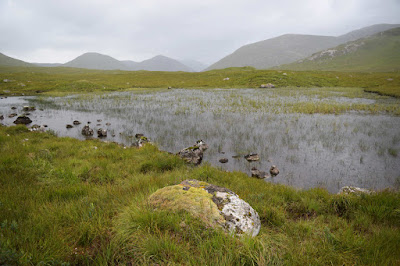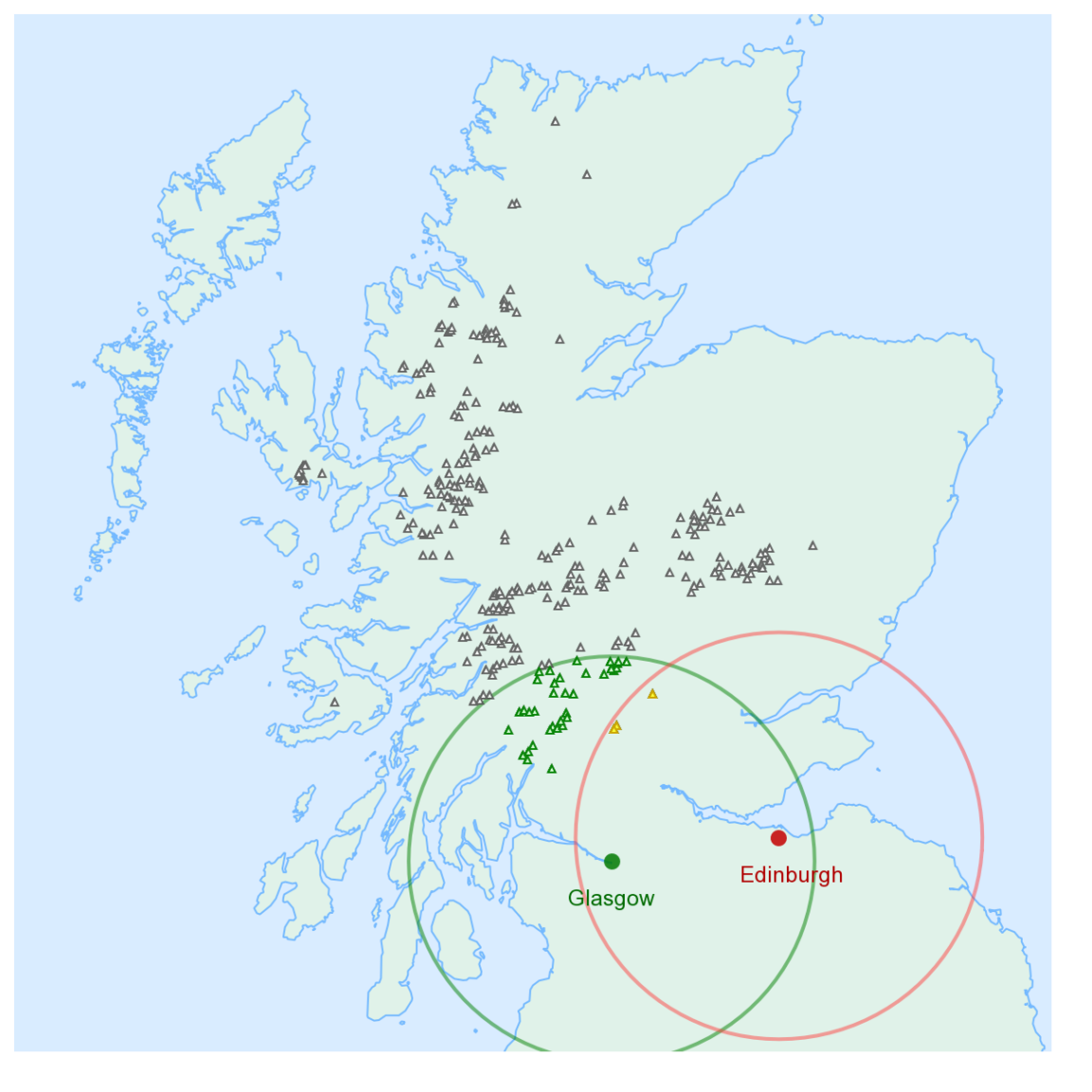 Let's take a closer look...
Let's take a closer look...

It's my history book, published this week! So new, I only have the proof copy. But you can buy your own copy here and get it delivered before Christmas.
I love Scottish history, and years ago decided to systematically discover more. I loved finding out things I never knew about, like the story of the Picts, or the Scottish origins of the American rednecks. What was even more intriguing was discovering things I thought I knew, that turned out not to quite be the case: Scottish history has so many myths and legends that there were plenty of those! What is the real origin story of the Saltire, for example?
Eventually I realised that there was a book in what I'd learned. An accessible, yet fact-checked and up-to-date history of Scotland.
'From Ice Age to Indyref',
I subtitled it. But the first draft was half a million words, and there was no way that was going to be published! The edits alone would take years.
So I split the book into three volumes:
- Covenant covers from 1513 to 1815, and the pivotal moments of Reformation, Union, Empire and the titanic showdown with Napoleonic France.
- Citizen covers from 1815 to 2014, and the struggle for ordinary people for dignity and representation, while others try their fortunes abroad.
- And this first book, Foundation is the cornerstone of them all: covering all the way up to 1513 and the Battle of Flodden, it describes how several different peoples combined to form and then defend a country called Scotland.






































